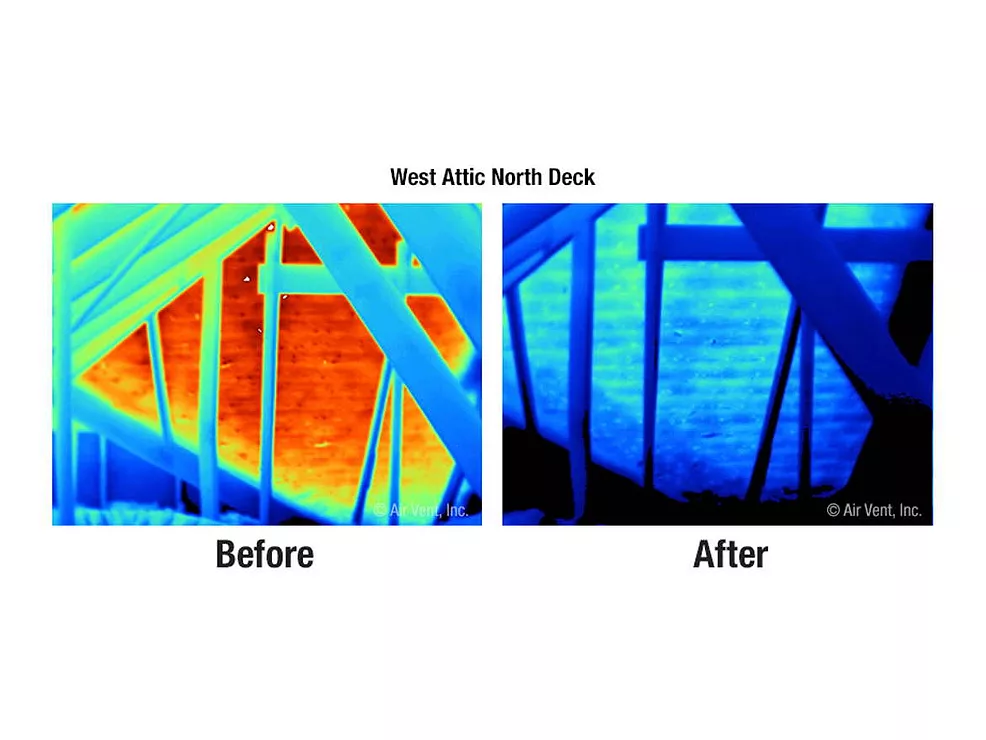Legally Speaking: Litigation or Mold? Which one is growing?
Over the last few years, the national media has drawn increasing attention to the presence of mold. Mold is not a new problem, but as property owners are made aware that mold can cause serious heath problems, they are becoming more conscious of the presence of mold, and are more apt to look to contractors and insurance carriers for the cleanup and medical costs. The awareness of the presence of mold has increased mold-related litigation. The verdicts of these trials have also gained national attention. In June 2001, a Texas jury awarded $32 million to a family for damage to their home allegedly caused by mold. (Ballard v. Fire Ins. Exchange, No. 99-05252, Texas Dist.Ct,. Travis County, June 1, 2001).
Mold may not seem to be a problem caused directly by a contractor, and this an issue that a contractor would have to address. Mold typically isn’t discovered during construction, and if it is, it is a problem that isn’t directly related to construction. It is much different than a normal punchlist item. Further complicating the problem of mold-related litigation, is that insurance carriers have increasingly denied coverage under contractors general liability policies, thus leaving the contractors to defend themselves.
The issue of mold is a difficult one for contractors and their carriers to handle. For the most part, people look for simple causes for problems — a certain event caused a certain result, such as a fire caused a house to burn down. The insurance company wants to know the “cause” of the damage before they can determine if the damage is covered under the terms of the agreement.
There are two basic concepts for “cause”:
Proximate Cause is defined as the initial cause of the loss, or that which sets in motion a chain of events that results in the loss without interruptions of any new or independent source.
Ensuing loss subsequent to the original loss. Suppose that workers broke a gas line and a resulting fire damaged the building. The ensuing loss would be the fire damage.
What causes mold? More often than not, the presence of mold cannot be traced to a single incident. For example, in a recent case, mold was found in a new construction apartment complex. All of the units in the complex had experienced water intrusion from either ground water or roof leaks. However, not all of these units had mold. A common factor was discovered in the units that were covered with mold: The HVAC had been turned off in these units. Therefore, both the intrusion of moisture and the HVAC factors might both be considered causes. This is often referred to as a “concurrent causation” situation. Even if the moisture wasn’t the cause, the contractor found himself brought into the lawsuit. Most insurance policies have “anti-concurrent causation” clauses, which means that coverage is excluded “regardless of any other cause or event that contributes concurrently.” Multiple causes won’t prevent a contractor from being held liable for the presence of mold, however, a contractor may find that insurance coverage for such claims is not available.
How does cause relate to roofing? One example is a recent case on the West Coast in which a condominium complex was damaged by wind-driven rainwater that penetrated the siding and caused wet rot to occur. The insurance company denied coverage because the loss resulted from faulty workmanship or materials for the siding work, and the policy excludes damage caused by faulty workmanship. The courts agreed with this ruling because the damage to the underlying structures was a “direct result” of the defects in materials and workmanship. The contractor was therefore forced to defend this mold claim without the benefit of his insurance coverage.
In a roof job for a home in Texas, a roof leak allowed rainwater to soak the studs behind the interior walls, ceilings and subfloors. Mold and mildew flourished. The homeowners sued the contractor, claiming that the mold and its health consequences were the ensuing loss from water damage. The courts agreed.
In some states, insurance companies have quit writing coverage for mold claims because of the “emerging exposure.” Without coverage, the contractor can be exposed to severe liabilities for which few are prepared. The following suggestions might help a contractor limit the possibility of a lawsuit or limit a contractor’s liability should mold be discovered in a building he built.
- Avoid unnecessary delay in responding to any water-related cause of loss where mold may result.
- Remind the owner of the property of their responsibility to “preserve and protect the damaged property” and to “mitigate the loss” in writing whenever there is a water-related intrusion on the project and at project closeout.
- If you experience moisture intrusion, hire respected contractors experienced in the drying out of the building and the prevention or minimization of mold rather than attempting to do it yourself.
- Follow up to be sure the owner is meeting obligations to prevent or minimize mold buildup.
For the most part, because of the nature of their work, roofers are more exposed to this continuing and growing liability. If you are self-insured, assess your exposure and inquire about “umbrella”-type coverage. If you have a builder’s risk or liability carrier, review your coverage and obtain clarification from the carrier for factors such as ensuing and concurrent-cause coverage.
Looking for a reprint of this article?
From high-res PDFs to custom plaques, order your copy today!


